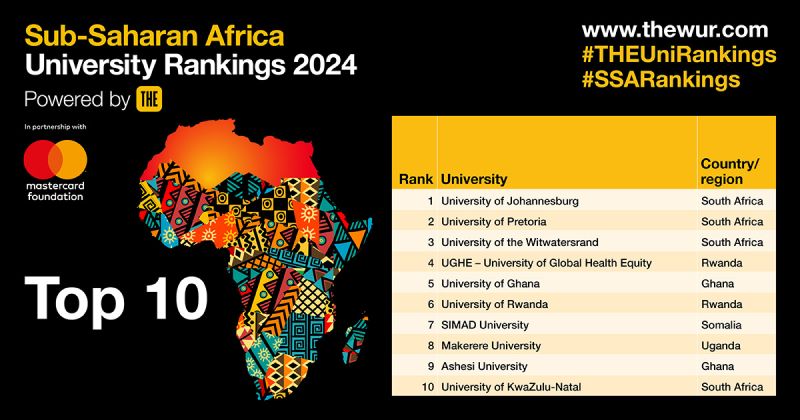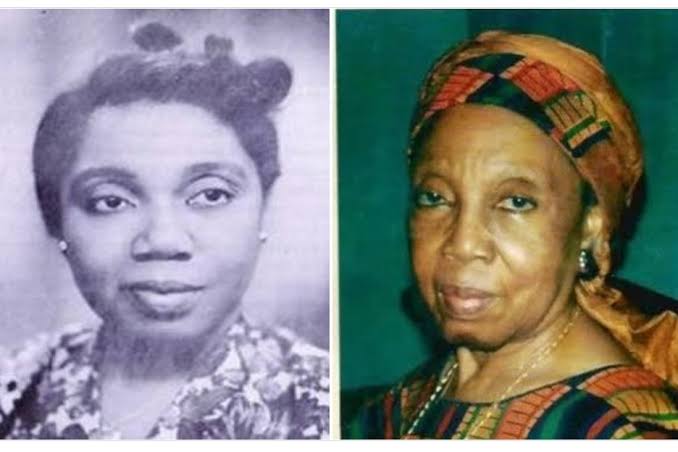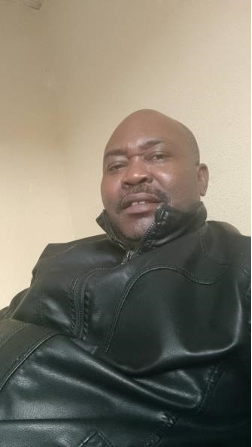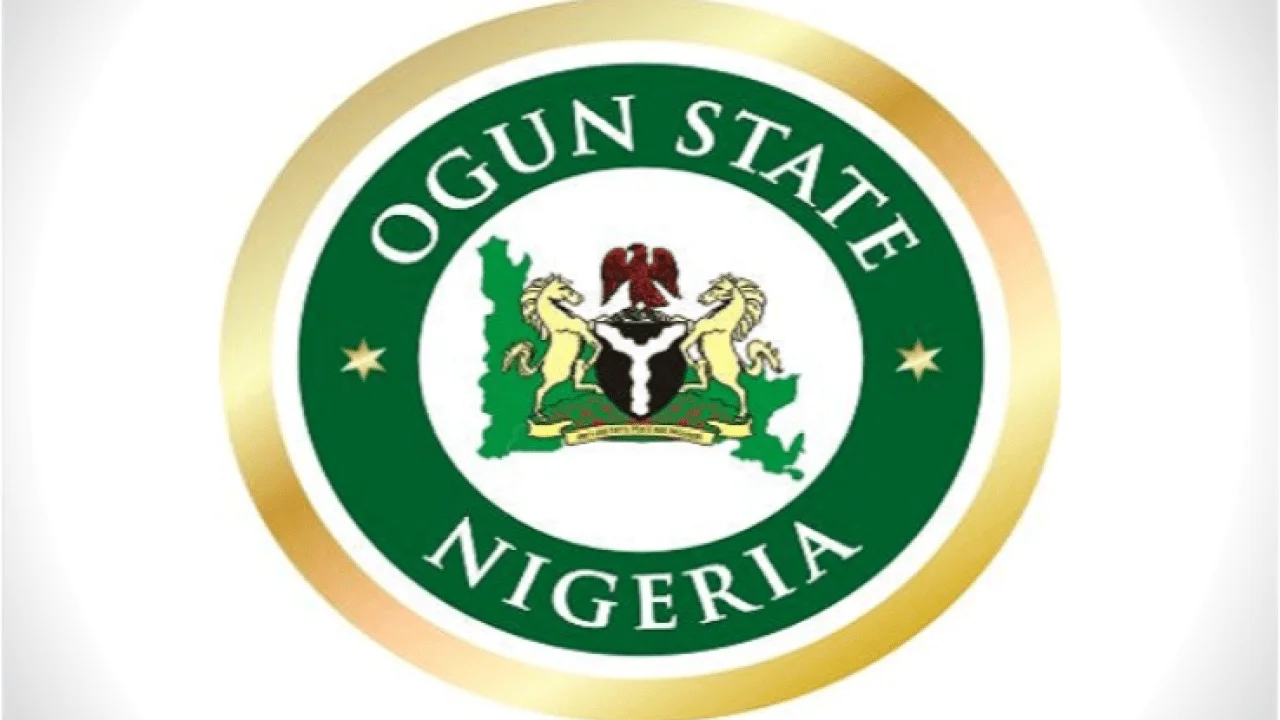Journalism schools across Africa can help ensure that the media does a better job of protecting human rights and democracy, according to almost 60 participants in two recent consultations organised on behalf of UNESCO.
Speakers in the sessions said this leadership role includes: speaking out on issues of press freedoms; engaging with media watchdog NGOs; and providing on-site safety training for women journalists when newsrooms do not do so.
Interventions such as journalism schools working with editors to help improve journalistic ethics were further suggestions for rebuilding trust in the African press .
The points emerged from two regional online consultations with journalism educators and trainers in East and Southern Africa held in March. The events are part of a project by UNESCO’s International Programme for the Development of Communication to promote excellence in journalism education in Africa.
The activities are funded by the Google News Initiative and are being implemented by the Wits Centre for Journalism together with the School of Journalism and Media Studies at Rhodes University in South Africa.
Through the consultations, the project is developing a set of criteria for excellence in journalism education that can be used by journalism schools, colleges and NGOs to self-evaluate their education and training programmes. It includes a grant component where institutions that self-evaluate according to the final criteria will be invited to propose a project to attend to gaps in their education programmes that they have identified.
Wambui Kiai, from the Department of Journalism and Mass Communication at the University of Nairobi welcomed the initiative.
“We should be encouraged by efforts such as this. The University of Nairobi was part of a 2007 project led by UNESCO to promote excellence in journalism education in Africa.
I attribute a lot of the growth of the school, including the expansion of the BA and MA programmes as well as the development of a PhD programme, to that project.”
The discussion focused on the criteria that should be used today to assess the quality of journalism education institutions.
“We should demonstrate leadership as faculties. It gives us an opportunity to share what we find through our research and to excel. It is also a way for us to create a channel for community service. Whether the media likes it or not is another thing.”
While some participants in the two regional consultations felt cautious about taking actions beyond traditional academic teaching and research, others felt that it would be hypocritical of schools not to take a principled and public stand on media rights while teaching their students how important these rights were.
Some felt that there should be clear guidelines for when academics should intervene, in order to avoid being swept up in political or partisan causes.
More public engagement by journalism departments was nevertheless felt by many to be a useful indicator of excellence in journalism education.
Other important issues raised in the discussions included the problem of bribery in newsrooms, which one participant described as the “dinosaur” in the room. Part of this culture of corruption is due to journalists’ low pay.
Low pay, as well as issues such as harassment, safety concerns, and a lack of women journalists as role models contributed to many graduating female students choosing public relations or marketing as careers once graduating.











